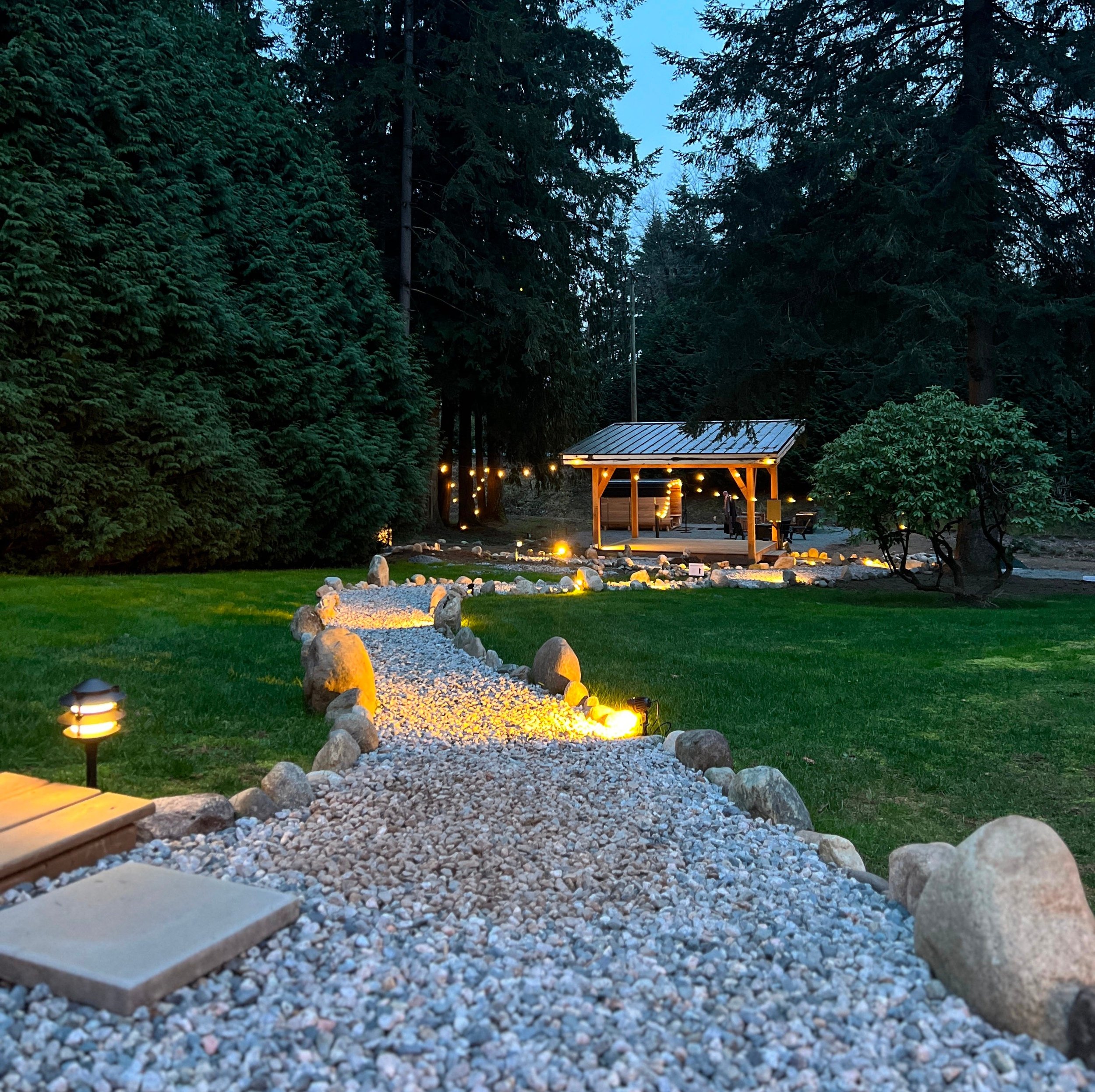Building a Supple Relationship with Your Nervous System
April 29, 2025
Before we can heal, restore, & grow, we need to feel safe. Here’s why that matters more than you think.
At The Wellness Den, before we introduce a guest to the science and benefits of our holistic wellness experience (contrast therapy, meditation, breathwork, connection with nature, etc.), we do something that might seem invisible—but it's everything. We help their nervous system feel safe.
From the proactive communication they receive before the experience, to having well-marked signage of where to turn, park, and walk up our paths set in nature, by the time guests set foot on our multi-generational family farm and wellness sanctuary, something shifts. We hear it time and time again:
Thanks for reading The Human Performance Project! Subscribe for free to receive new posts and support my work.
“The second I stepped onto the property, I could feel my body soften.”
That softening? That’s the nervous system recognizing safety. And it’s the starting point for all meaningful healing, growth, and transformation.
🧠 The Science of Safety: Polyvagal Theory in Practice
Our approach is grounded through the lens of Polyvagal Theory, developed by Dr. Stephen Porges. This theory explains how our nervous system is constantly scanning the external and internal environments (through a preconscious process called “neuroception”) for cues of threat and safety. Based on this information, there is a predictable, hierarchical response in our body.
When the brain detects safety, it activates the ventral vagal system, which supports healing, growth, and restoration.
When it detects danger, it shifts into sympathetic arousal (fight/flight) and mobilizes resources (energy, attention and awareness) to fight, defend, or flee.
If our system does not think it can fight or flee, it will shift into a state of shutdown or dissociation through the dorsal vagal pathway.
🌲 The Role of Environment: Safety You Can Feel
Through neuroception, the external environment directly affects our Autonomic Nervous System state. Natural environments rich in calming sensory details, such as greenery, birdsong, and natural light, are shown to decrease cortisol levels, lower heart rate, and stress, while promoting Parasympathetic (healing, growth, and restoration) activation. You’ve likely experienced this on a beautiful day, outside, and immersed in nature. But our neuroception goes further than that. It cares about every detail and piece of information, big and small. From the communication that lets us know we're in the right place and we belong, to the initial body posture and facial expressions of the folks we’re meeting in a new environment.
As leaders, parents, coaches, and facilitators, every step we can take to create an environment that provides cues of safety and connection to our groups is another step towards helping individuals enter a restorative state of healing, learning, and growth.
Reflective Takeaway:
Before we can heal, perform, or grow—we must feel safe. What signals is your environment, your body, or your presence sending to your nervous system (or to others') right now?
Ask yourself:
Where in my life do I truly feel safe, connected and at peace?
What cues (people, spaces, sensations) help me soften and settle?
How can I create more moments or environments that support this state—not just for me, but for those around me?
Safety isn't just a feeling. It's the foundation of transformation.
🧪 Reference: Schore, A. N. (2003). Affect Dysregulation and Disorders of the Self. W. W. Norton & Company.
🧪 Reference: Cozolino, L. (2006). The Neuroscience of Human Relationships: Attachment and the Developing Social Brain.🧪 Reference: Ulrich, R. S. (1984). View through a window may influence recovery from surgery. Science, 224(4647), 420–421.
🧪 Reference: Park, B. J., et al. (2010). The physiological effects of Shinrin-yoku (taking in the forest atmosphere). Environmental Health and Preventive Medicine, 15(1), 18–26.🧪 Reference: Porges, S. W. (2007). The Polyvagal Perspective. Biological Psychology, 74(2), 116–143. https://doi.org/10.1016/j.biopsycho.2006.06.009
Thanks for reading The Human Performance Project! Subscribe for free to receive new posts and support my work.


